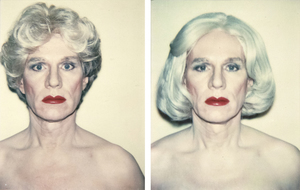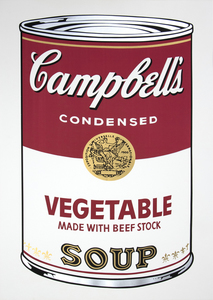SEAN SCULLY & nbsp(ب. 1945)
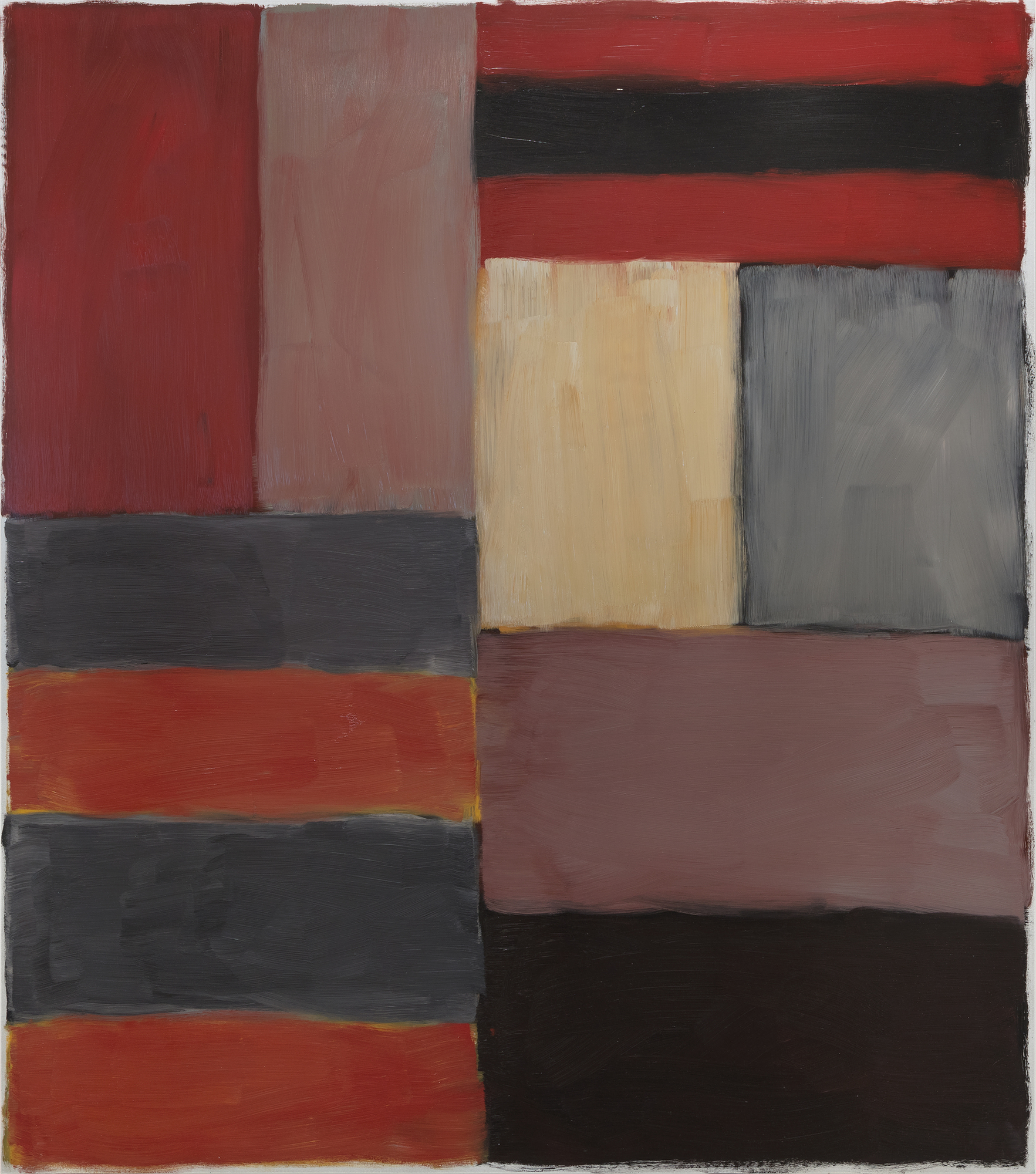
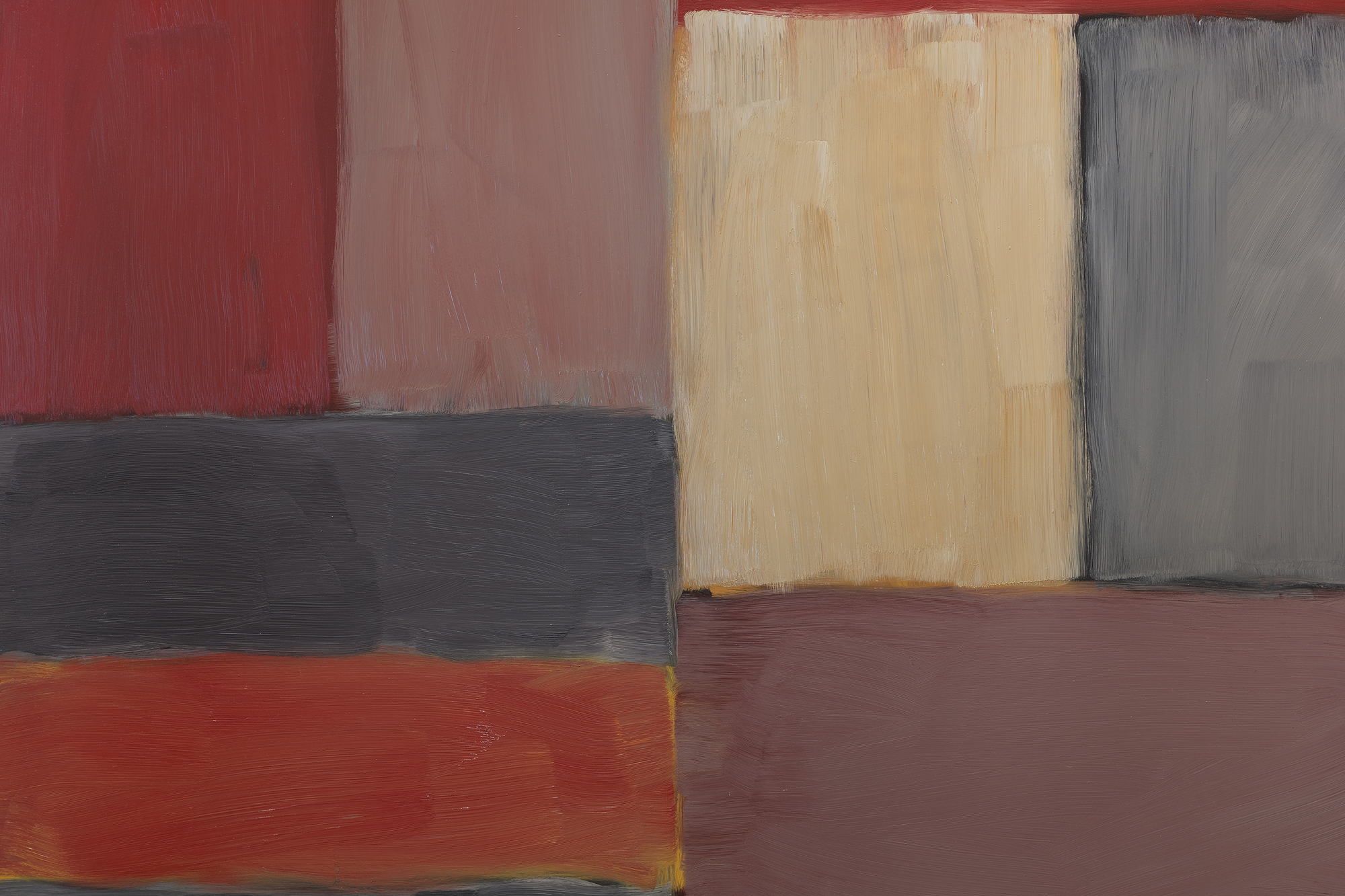
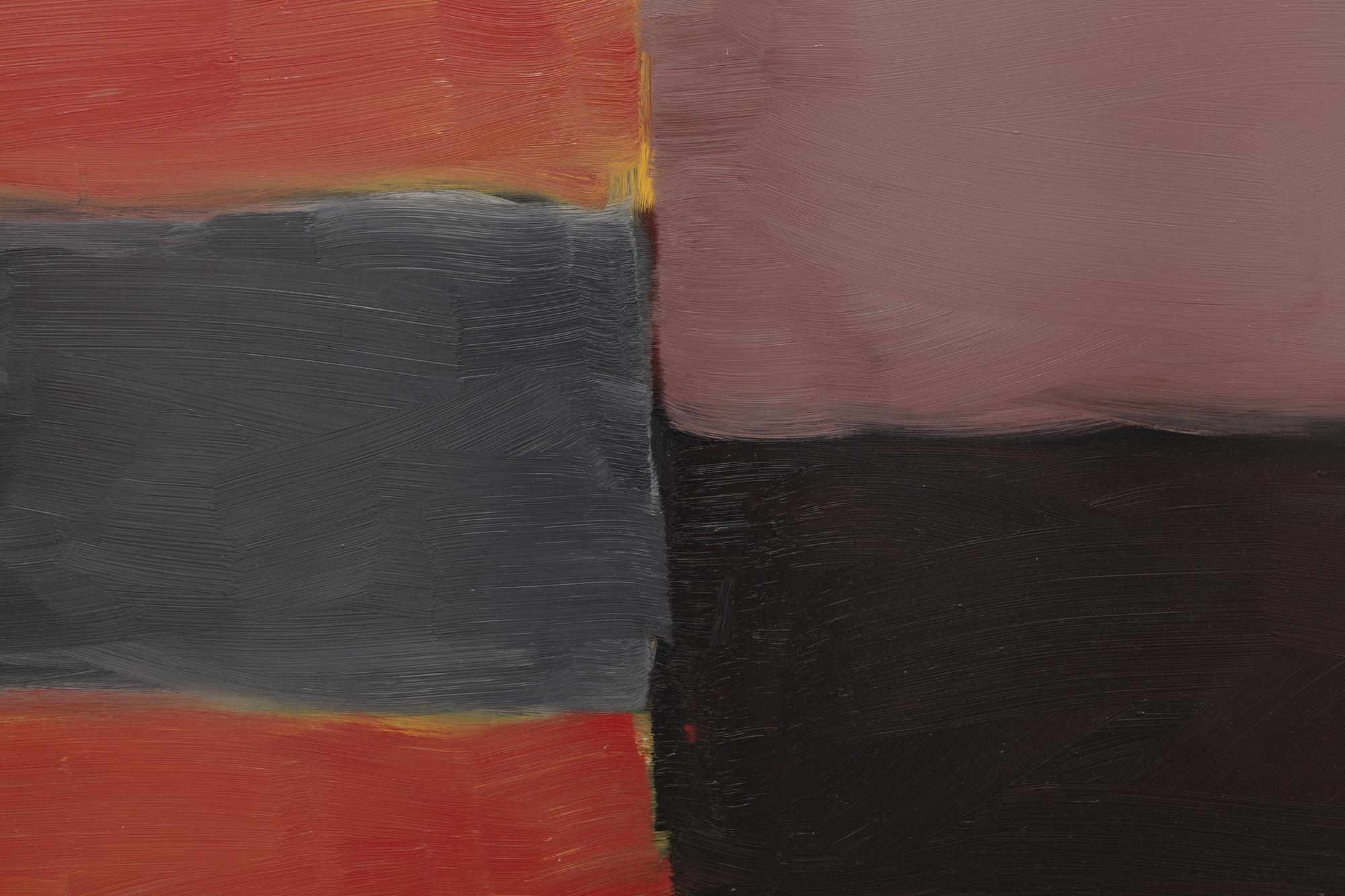
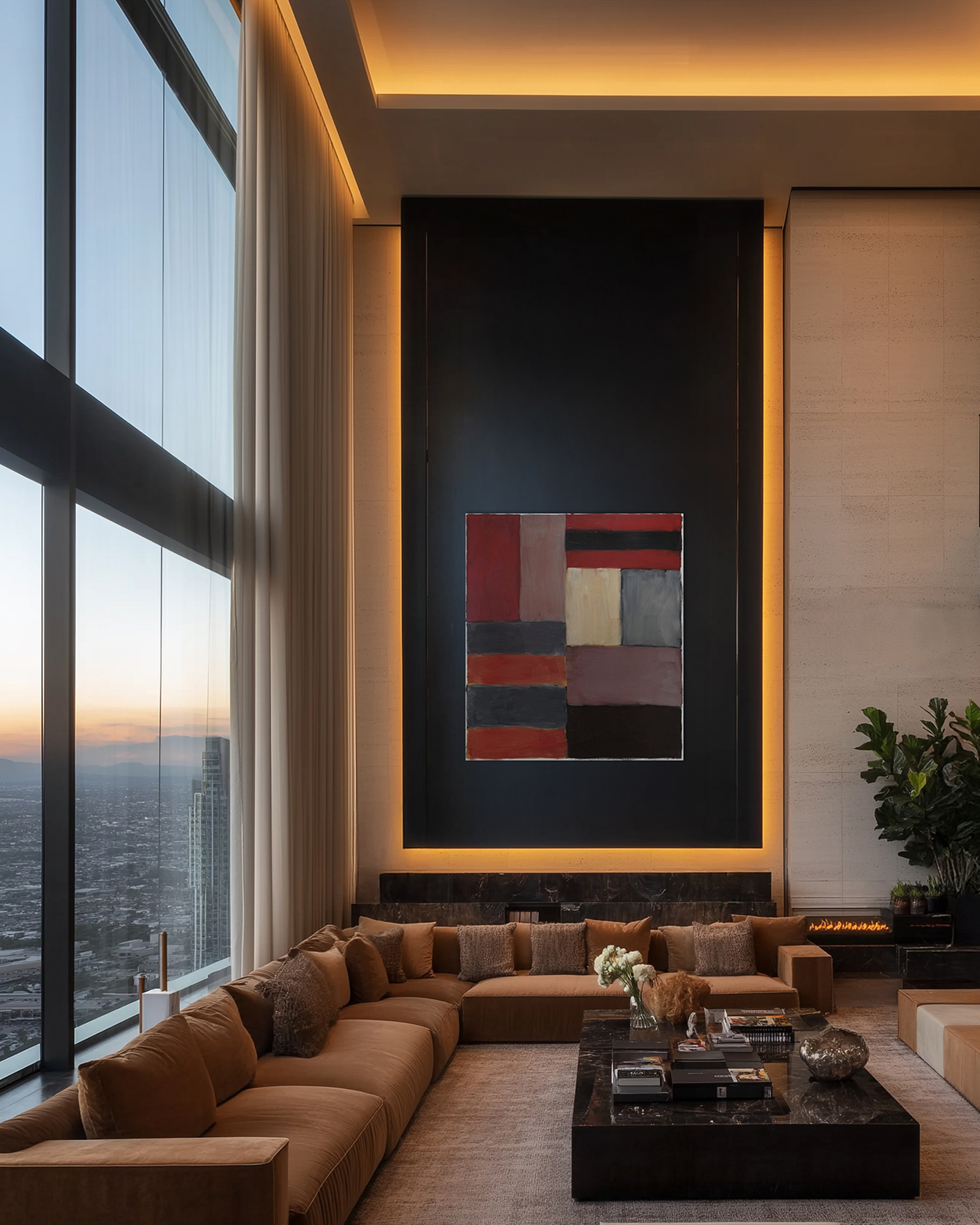
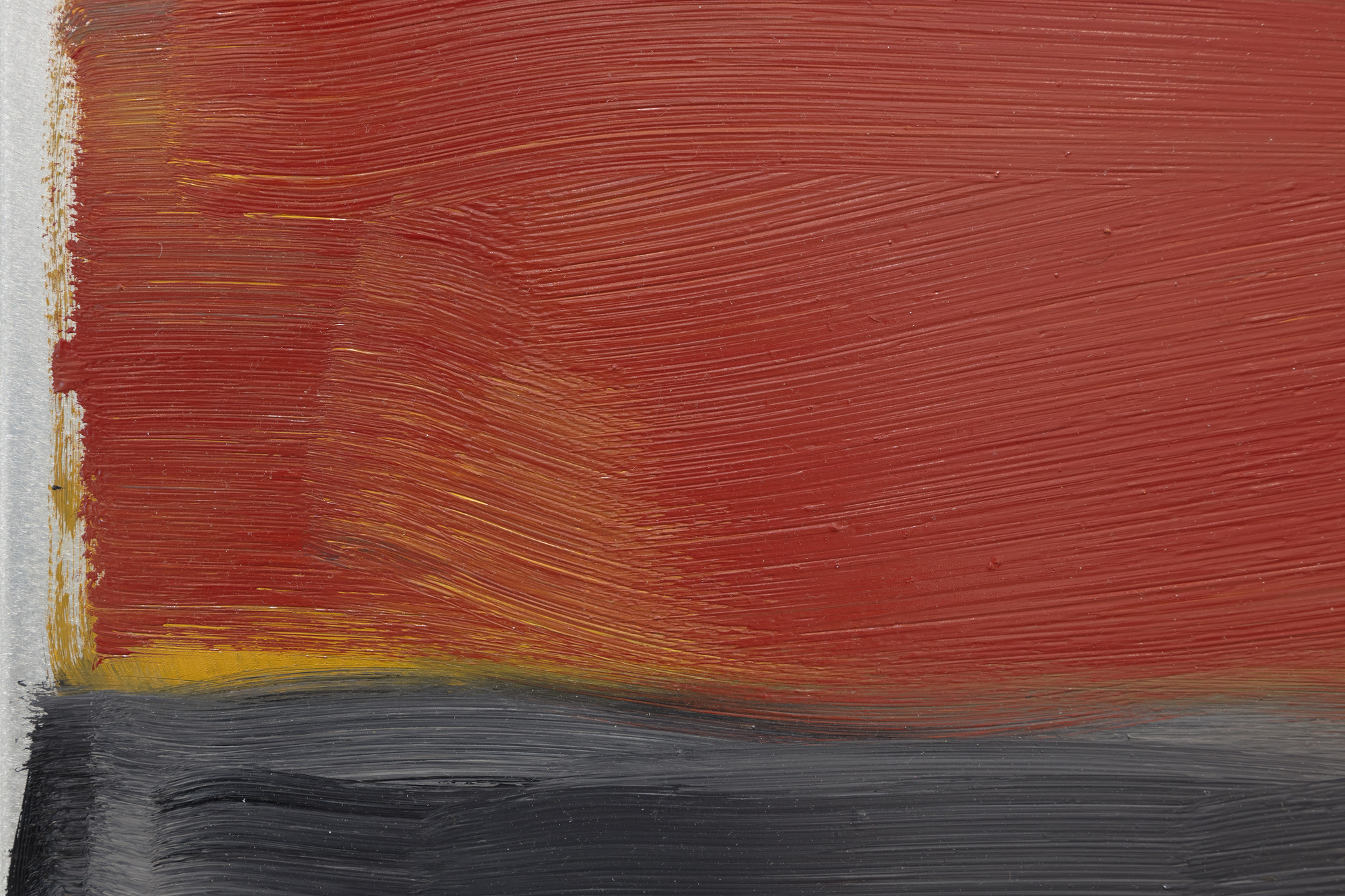
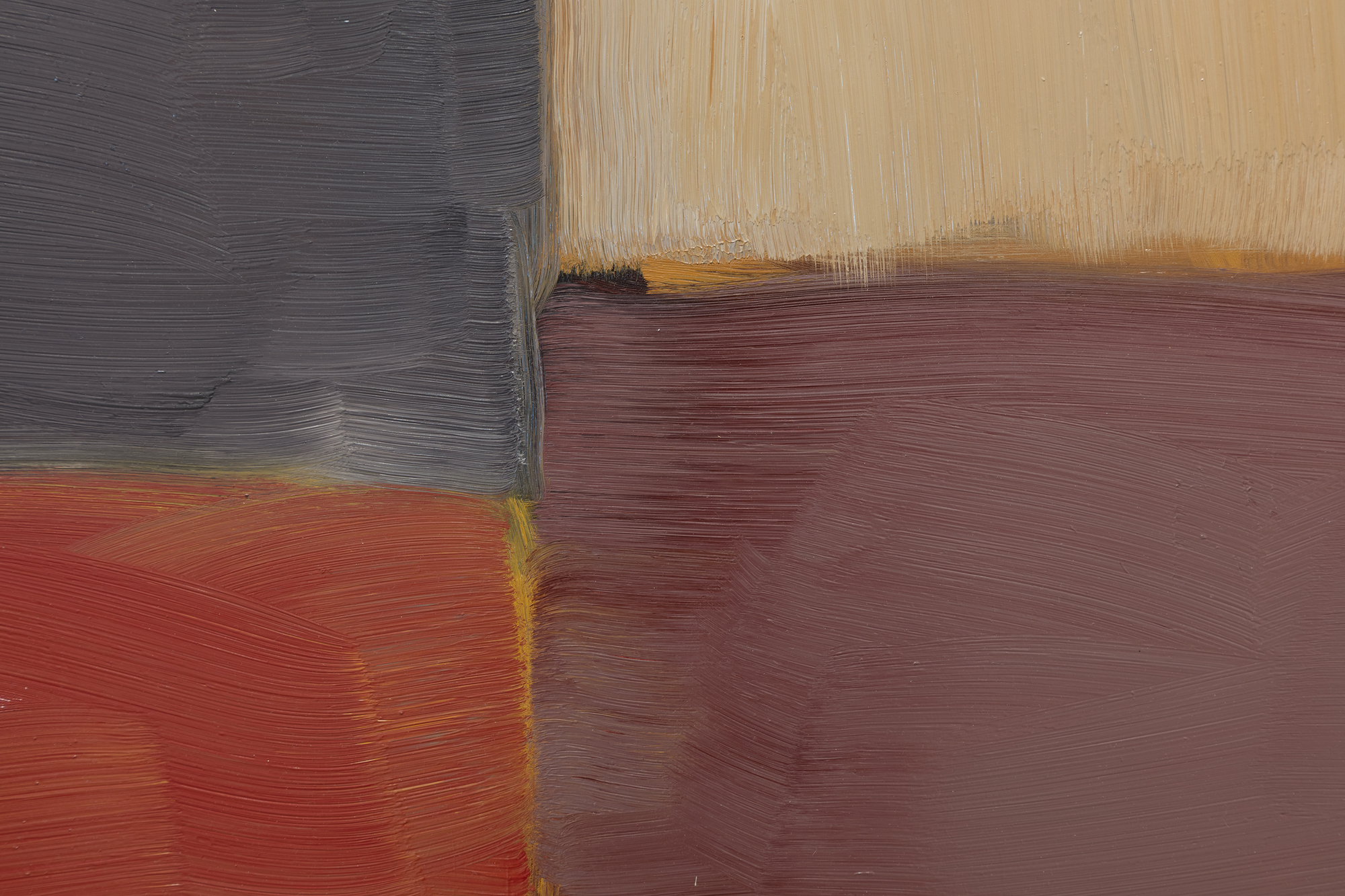
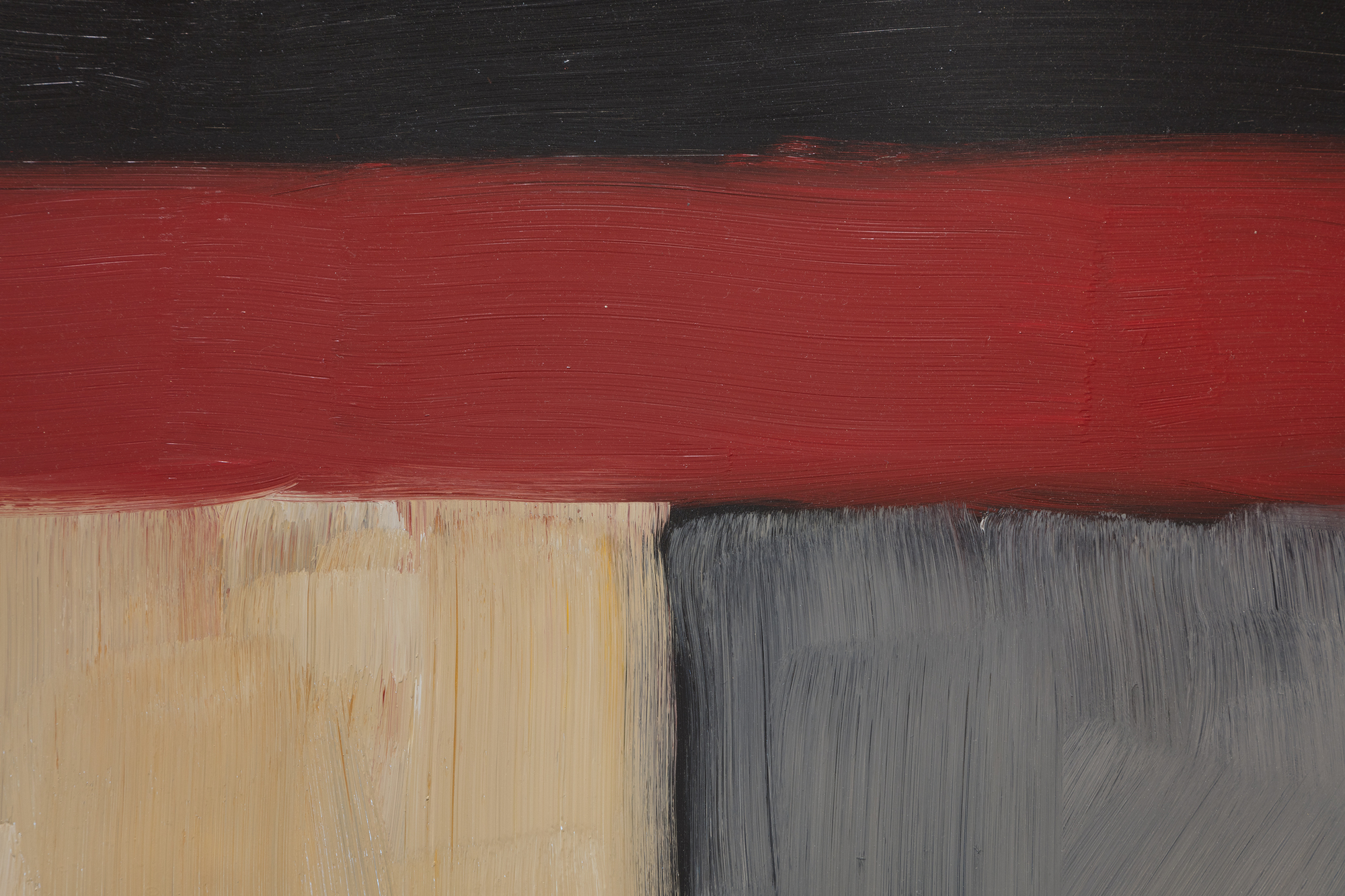
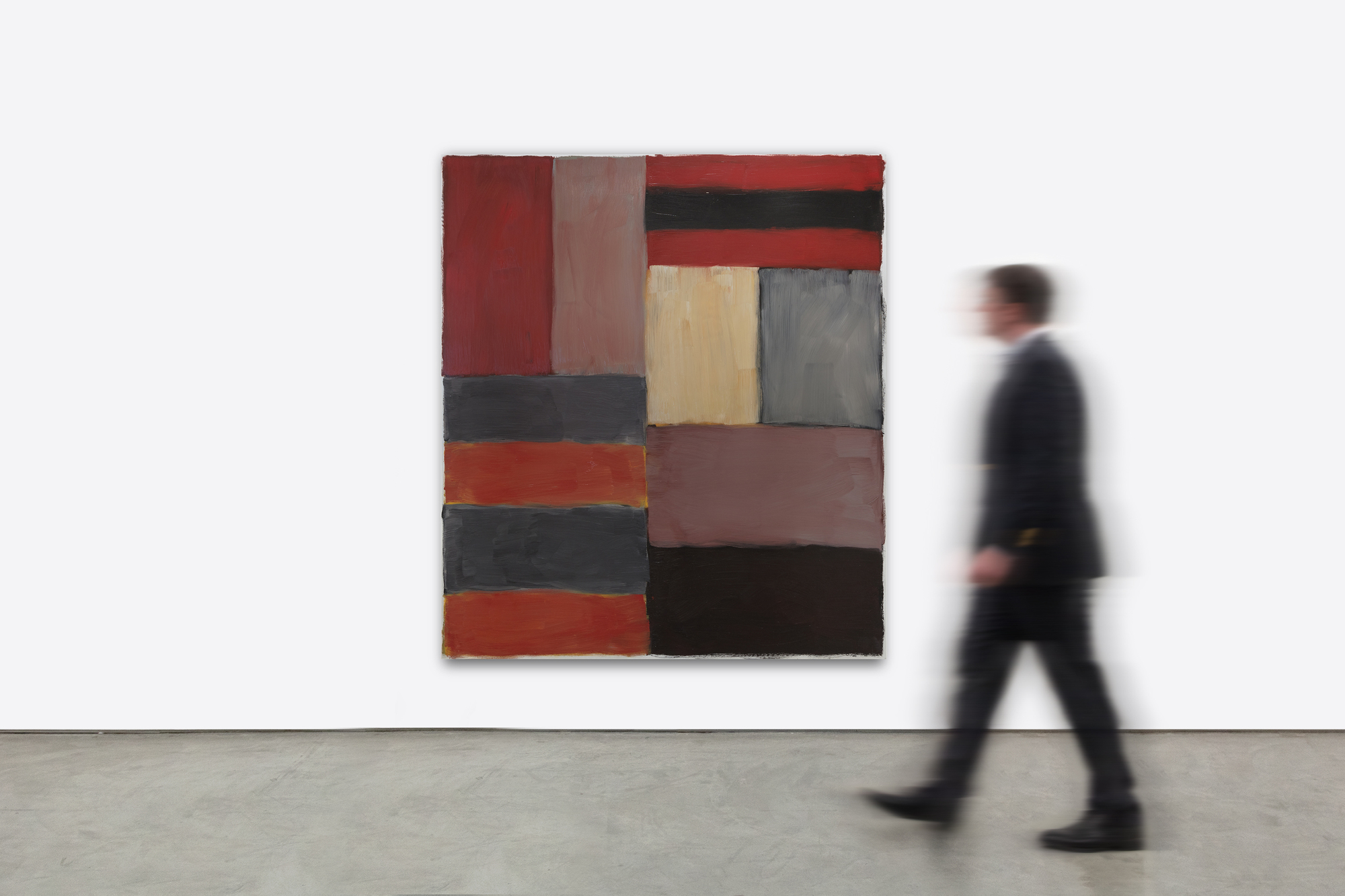
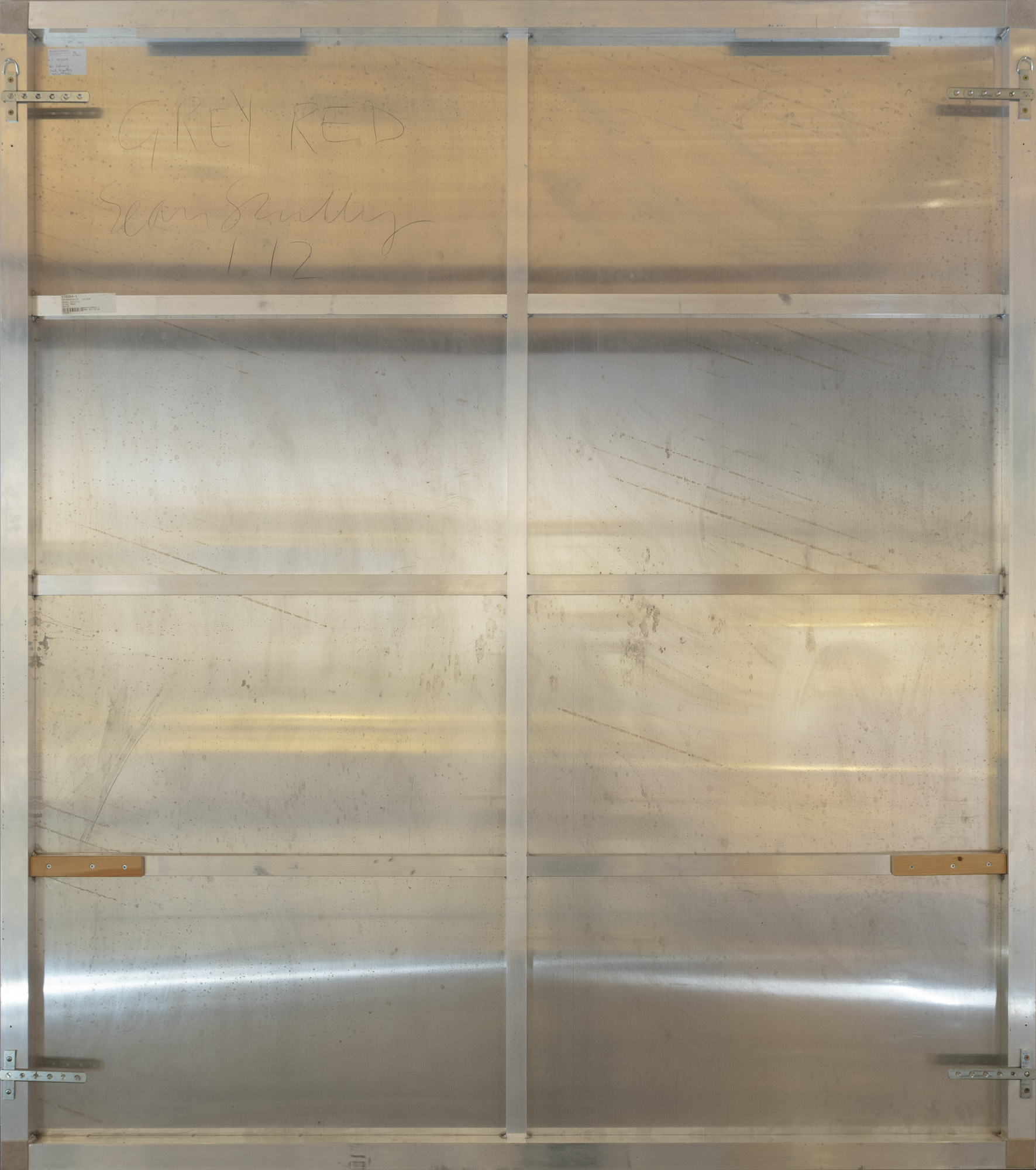
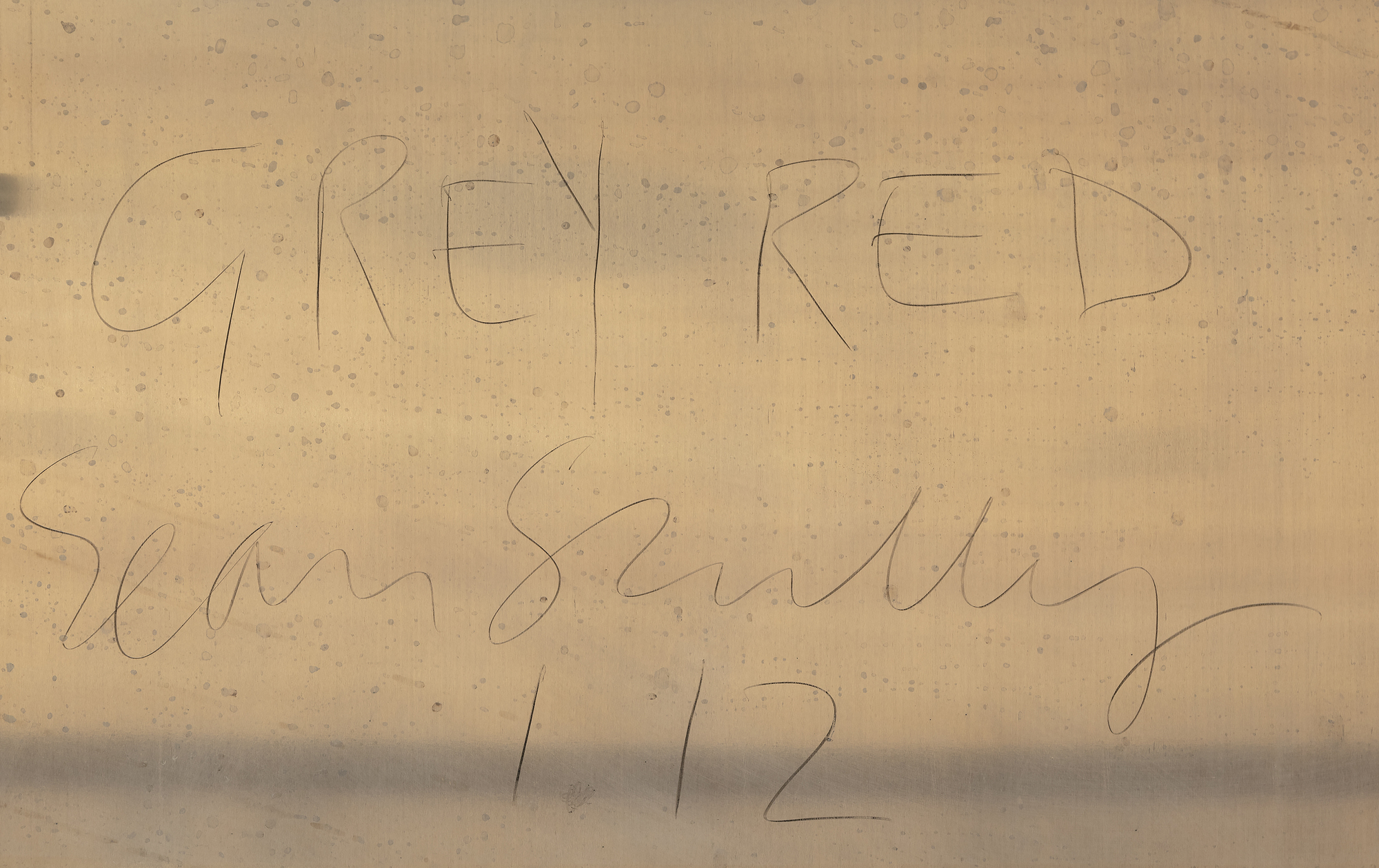
الاصل
تيموثي تايلور، لندن، إنجلترامجموعة خاصة
مجموعة خاصة، لندن، إنجلترا
فيليبس (لندن ، إنجلترا) ، 5 أكتوبر 2016: "20th Century & Contemporary Art Evening Sale" ، Lot 8
المجموعة الخاصة ، التي تم الحصول عليها من البيع أعلاه
فيليبس لندن: الخميس 8 مارس 2018 ، Lot 00035 ، القرن العشرين والفن المعاصر مساء بيع
المجموعة الخاصة ، التي تم الحصول عليها من البيع أعلاه
معرض
الأكاديمية الملكية للفنون (لندن، إنجلترا)، "المعرض الصيفي ال 244 للأكاديمية الملكية للفنون"، 4 يونيو - 12 أغسطس 2012. المدرجة في ر... اكثر...كتالوج المعرض، رقم 847معرض فيري (وندسور ، إنجلترا) ، "شون سكولي" ، 3 أكتوبر 2012 - 28 فبراير 2013
الادب
زويت، أرمين، "شون سكولي: لوحات وأعمال على الورق"، (ميونيخ، ألمانيا: غاليري بيرند كلوسر، 1993)، صفحة 7كاريير ، ديفيد ، "شون سكولي" ، (لندن ، إنجلترا: التايمز وهدسون ، 2006) ، صفحة 98
أوسوليفان ، مارك ، "شون سكولي: الشكل / الملخص" ، (أوستفيلدرن ، ألمانيا: هاتجي كانتز فيرلاغ ، 2014) ، صفحة 7
... اقل... السعر1,475,000
التاريخ
الإطار المرجعي لكتل وخطوط توقيع الأمريكي الأيرلندي شون سكولي واسع. من فرضية ماليفيتش المركزية بأن الهندسة يمكن أن توفر وسائل للفهم العالمي إلى نهج روثكو المتحمس للون وتقديم السمو الدرامي ، تعلم سكولي كيفية تكثيف روعة العالم الطبيعي في أنماط بسيطة من اللون والضوء والتكوين. ولد سكولي في دبلن عام 1945 وترعرع في لندن، وتلقى تعليما جيدا في الرسم التصويري عندما قرر أن يستوعب روح نجمه هنري ماتيس من خلال زيارة المغرب في عام 1969. كان مفتونا بالفسيفساء المبهرة والأقمشة المصبوغة بشكل غني وبدأ في رسم الشبكات وشرائح الألوان. قدمت المغامرات اللاحقة مزيدا من الإلهام حيث جلب لعب الضوء المكثف على الأسطح العاكسة لأطلال المايا وألواح الحجر القديمة في ستونهنج الإحساس بالضوء والفضاء والحركة الهندسية إلى لوحات سكولي . تؤكد القدرة على تتبع تأثير رحلات سكالي طوال لوحاته من جديد على قيمة الفن التجريدي كمحك لتجربة الحياة الحقيقية.
تم طلاء Grey Red بألوان غنية وعميقة وأسطح متعددة الطبقات ودقيقة ، وهو شاعري ومليء بالشكليات العضلية. يشير سكالي بشكل مناسب إلى هذه الأشكال الأولية باسم "الطوب" ، مما يشير إلى الحسابات الرسمية للمهندس المعماري. كما أوضح، «هذه العلاقات التي أراها في مداخل الشوارع، في النوافذ بين المباني، وفي آثار الهياكل التي كانت مليئة بالحياة، أعتبرها لعملي. أستخدم هذه الألوان والأشكال وأضعها معا بطريقة ربما تذكرك بشيء ما ، على الرغم من أنك لست متأكدا من ذلك "(ديفيد كاريير ، شون سكالي ، 2004 ، ص 98). نهجه عضوي ، أقل صيغة. خيارات الرسام البديهي هي طبقات من لون على آخر بحيث تهتز الأشكال والألوان المتناقضة بطاقة لا شعورية. يتبادر إلى الذهن ديبنكورن في سعيه وراء الضوء المشع. ولكن هنا ، فإن العصابات المشعة من الطين الأحمر والرمادي والرمادي الداكن والأسود من الرمادي الأحمر يتردد صداها مع طاقة عميقة ومشتعلة وتثير شغفا مؤثرا أكثر بكثير مما تعتقد أنه يمكن أن ينقله. كما كتب صديقه العزيز ، بونو ، "يقترب شون من القماش مثل الكيك بوكسر ، الجص ، البناء. جودة اللوحة تصرخ من حياة تعيشها".
رؤى السوق
- تم تسجيل الرقم القياسي لمزاد سكالي في مايو 2022 عندما بيعت سونغ ، 1985 ، (يسار) بأكثر من 2 مليون دولار في سوذبيز نيويورك.
- من بين أفضل عشر نتائج ل Scully في المزاد ، تم رسم تسعة بعد عام 2000. والأكثر من ذلك، أن سبعة من هذه النتائج العشرة الأولى هي للأعمال الفنية التي يعود تاريخها إلى ما بعد عام 2010، مما يثبت رغبة قوية بشكل استثنائي في هذه الأعمال الأكثر معاصرة.
- كان عام 2012 عاما مهما بشكل خاص للفنان حيث كان لديه تسعة معارض متحف فردية هذا العام وحده في مؤسسات مثل Kunstmuseum Bern و Alhambra ومتحف فيلادلفيا للفنون.
- كان عام 2012 أيضا هو العام الذي تم فيه قبول سكولي في الأكاديمية الملكية للفنون.
تاريخ المعرض
- بعد فترة وجيزة من الانتهاء من Grey Red ، تم تضمين اللوحة في المعارض البارزة.
- كان اللون الأحمر الرمادي رقم 847 في كتالوج المعرض الصيفي للأكاديمية الملكية للفنون رقم 244.
- تم عرض اللون الرمادي الأحمر في معرض "شون سكالي" لعام 2012 في معرض فيري التابع لكلية إيتون في وندسور ، إنجلترا (يمين).
لوحات في مجموعات المتحف
متحف نيلسون أتكينز للفنون ، كانساس سيتي ، ميزوري
الأكاديمية الملكية للفنون، لندن
متحف دي يونغ، سان فرانسيسكو
متحف المتروبوليتان للفنون، نيويورك
مجموعة فيليبس، واشنطن العاصمة
متحف الفنون الجميلة ، هيوستن
معرض الصور
موارد إضافية
شون سكولي على جمع
رحلة الفنانين: شون سكولي على هنري ماتيس
معرض متحف فيلادلفيا للفنون
CBS صباح الأحد
الاستفسار
قد تحب أيضا







































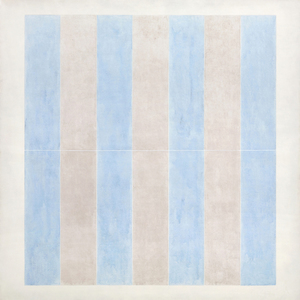
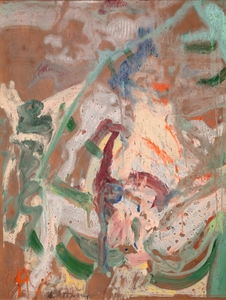

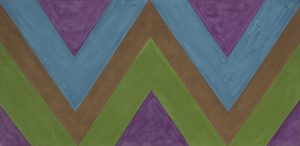
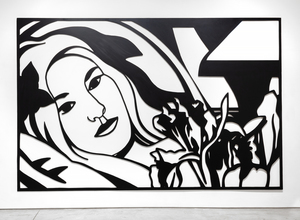
_tn31465.b.jpg )
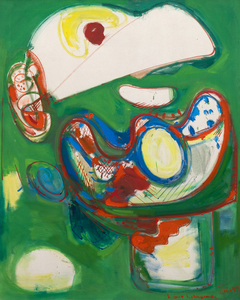
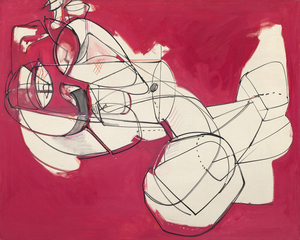
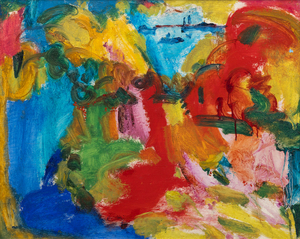
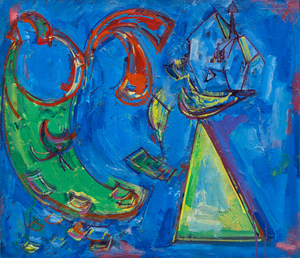
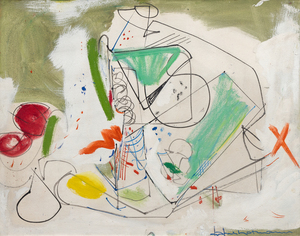
_tn27843.jpg )
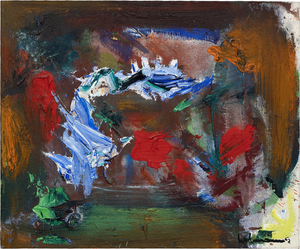
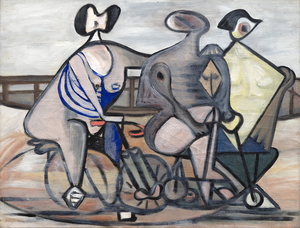
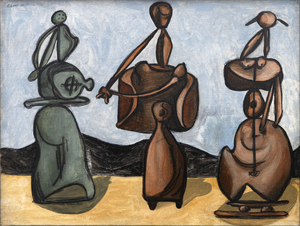
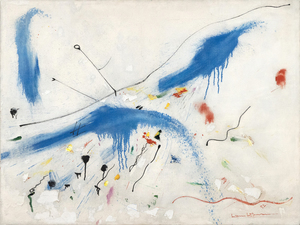
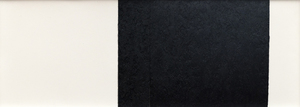
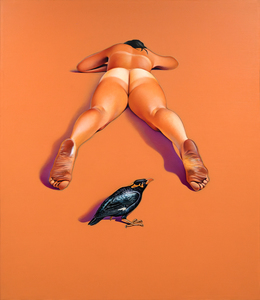
_tn46214.jpg )
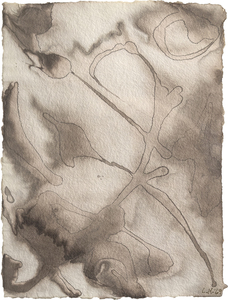
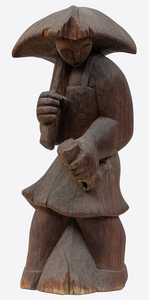
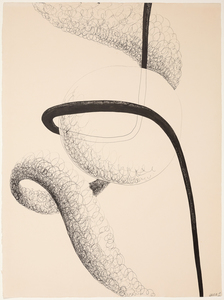
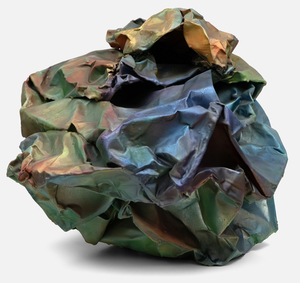
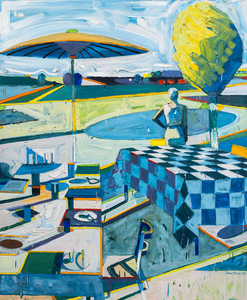
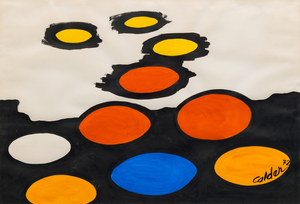
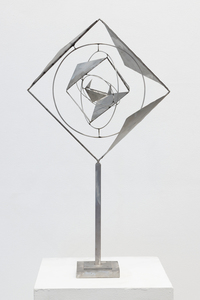
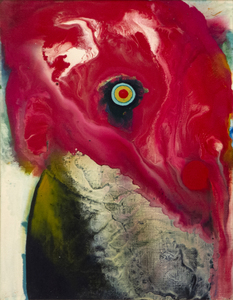
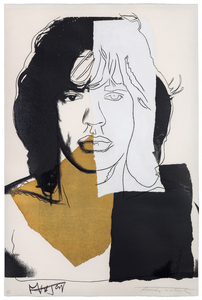
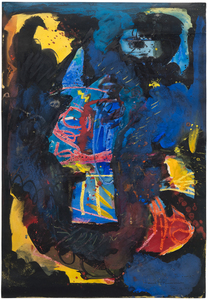
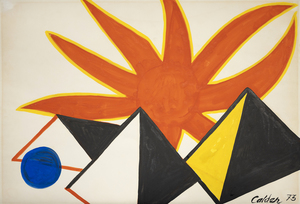
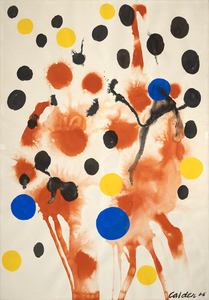
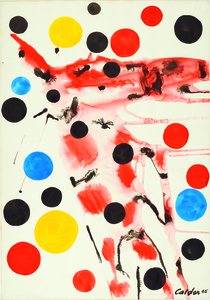
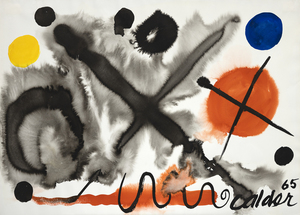
_tn39239.jpg )
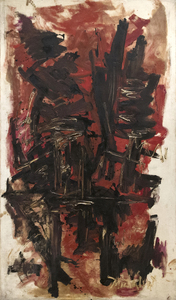
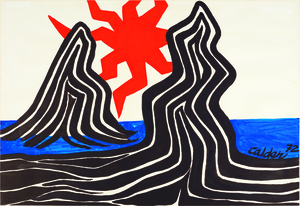
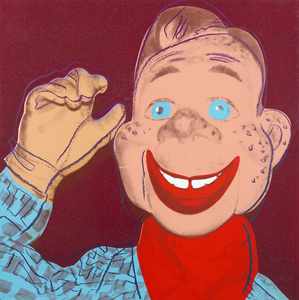
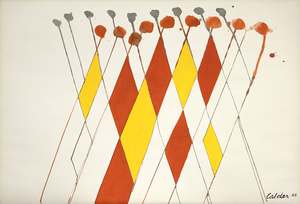
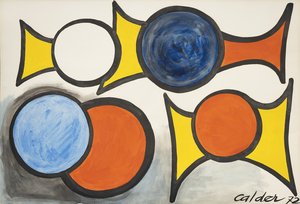
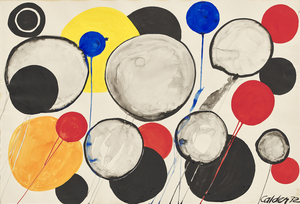
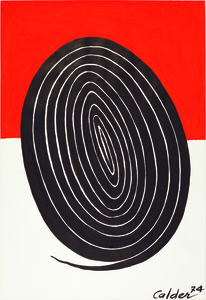
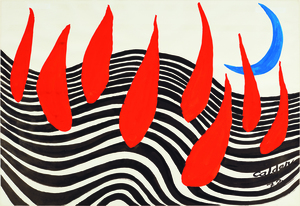
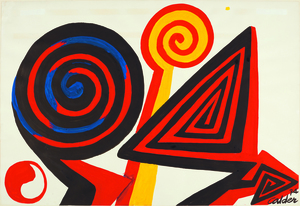
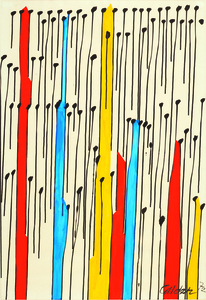
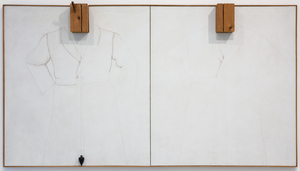
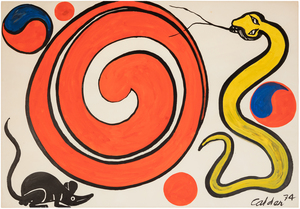
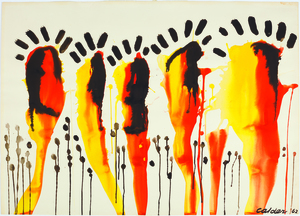
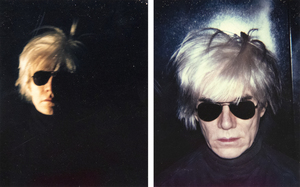
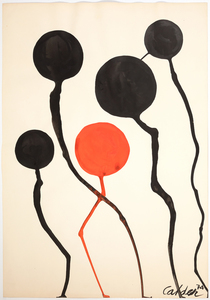
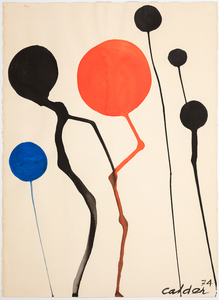
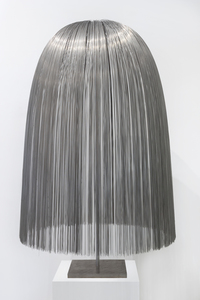
_tn47464.jpg )
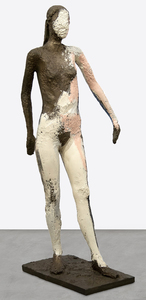
_tn46213.jpg )
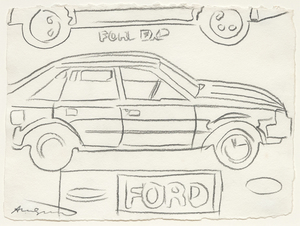
![RICHARD TUTTLE-Untitled (Cloth and Paint Work No. 2) ريتشارد توتل فنان أمريكي أصيل عمل توتل مفاهيمي وتاملي ، يعبر حدود النحت والرسم والشعر ، وغالبا ما يتحدى المشاهد. بدون عنوان (القماش والطلاء العمل #2) من 1973 ، وهي فتره محوريه في مهنه الفنان ، يستحضر بساطته في وقت سابق من مسيرته المهنية في حين دفع نحو الفن المفاهيمي المستندة إلى المواد. في العمل الذي يقوم به تكريما للخرسانة مارسيل دوشامب. المنسوجات ، كما هو الأمر في هذه القطعة ، تلعب دورا كبيرا في [ايوفر] له وتصبح المواقع التي للتركيز علي الأداء ، والمشاركة ، ومعني.](/Art_Images/Small/richard_tuttle_untitled_(cloth_and_paint_work_no._2)_tn27989.jpg )
_tn47033.jpg )
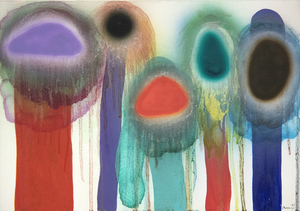
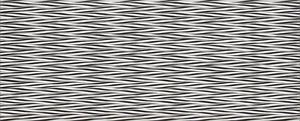
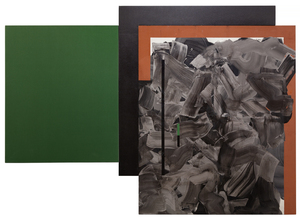
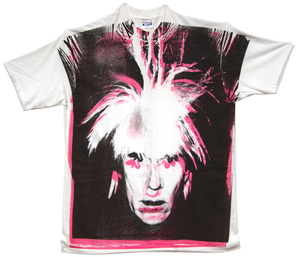
_kuwayama_b-139_tn16773.b.jpg )
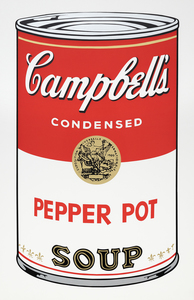
_tn22479.jpg )
